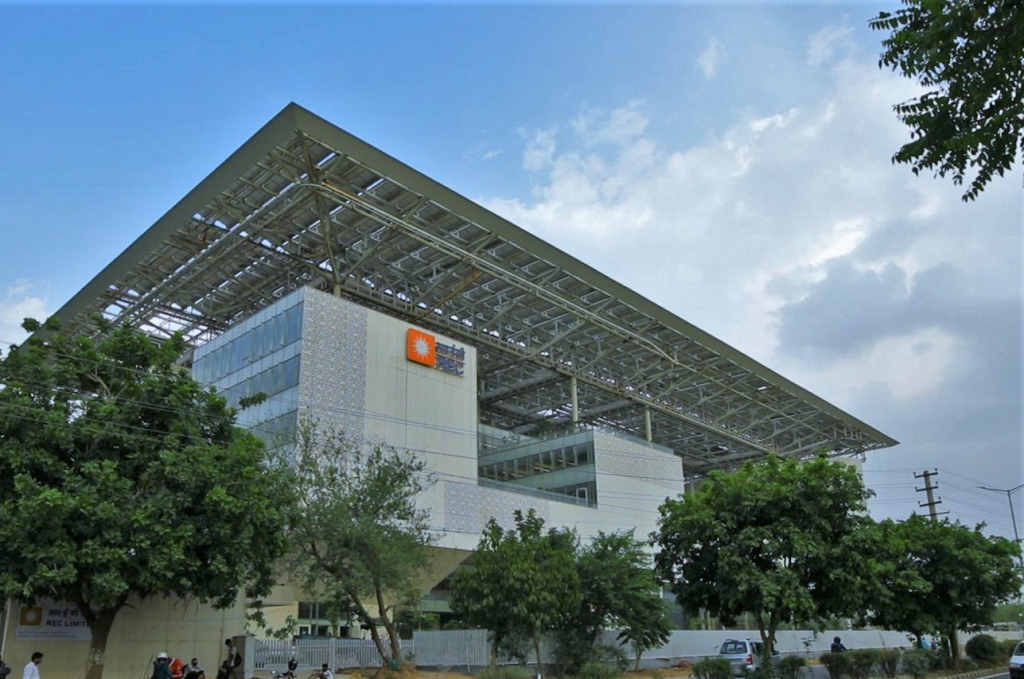Indian Bureaucracy, New Delhi, May 15, 2025| India’s semiconductor scene is electrifying with the Union Cabinet’s approval of a sixth manufacturing unit near Jewar airport, a Rs 3,700 crore HCL-Foxconn joint venture. Set for 2027, it will produce 20,000 wafers monthly, yielding 36 million display driver chips for smartphones, laptops, and cars, creating 2,000 jobs.
HCL and Foxconn
HCL, aims to tap into the immense $1 trillion global chip market projected for 2030. The company is focusing on advanced packaging and testing, specifically for display driver Integrated Circuits (ICs) to capture a substantial share of the downstream semiconductor value chain. By establishing this capability within the country, HCL intends to position India as a significant OSAT (Outsourced Semiconductor Assembly and Test) hub. OSAT refers to the crucial final stages of semiconductor manufacturing – the assembly, packaging, and rigorous testing of chips – making them ready for integration into electronic devices.
Foxconn, or Hon Hai Technology Group, is a Taiwanese giant and the world’s largest contract electronics maker (founded in 1974 by Terry Gou), with a market capitalization of approximately ₹6.381 Trillion (around $88.26 Billion USD) as of May 2025, they are the key manufacturer behind many global tech brands, producing everything from smartphones to computer parts, and are now expanding into EVs and semiconductors.
Journey of Semiconductors – From simple transistors in the 1960s to today’s 3nm chips with billions of transistors, semiconductors have driven AI, 5G, and autonomous systems. The Jewar facility will work on 3nm designs, a first for India. Future demand will focus on AI, EVs, and IoT, with localised production mitigating supply chain risks.
What is India Semiconductor Mission – The Journey so far
The India Semiconductor Mission (ISM), initiated with a ₹76,000 crore investment (approximately $10 billion USD), aims to establish a self-reliant semiconductor and display manufacturing ecosystem in India. It facilitates the setup of fabrication plants, display manufacturing units, and assembly, testing, marking, and packaging (ATMP/OSAT) facilities, while nurturing a domestic chip design industry through the Design Linked Incentive (DLI) Scheme. The mission currently supports 270 academic institutions and 70 startups, with 20 student-developed semiconductor products successfully taped out.
In a significant step towards this goal, Renesas Electronics, a leading Japanese semiconductor company with market capitalization of approximately ₹1.937 Trillion (around $22.77 Billion USD), has committed to establishing two design facilities in India, located in Noida and Bengaluru, focusing on advanced 3-nanometer chip development.
With the Indian semiconductor market projected to exceed $100 billion by 2030, the ISM is positioning India as an important and dependable player in the global semiconductor supply chain, encouraging high-tech job creations and reducing dependence on imported chips.
Global Market and Opportunity for India
The global market for semiconductors is projected to reach $1 trillion by 2030, up from $600 billion in 2021. The sheer volume and global dynamics of the semiconductor market are indeed striking. Historical data indicates robust growth, with global sales reaching an estimated $627.6 billion in 2024, marking a substantial 19.1% increase from the previous year. To illustrate the scale, even back in July 2021, Chinese manufacturers alone achieved a record monthly production of 30.8 billion integrated circuits, culminating in 171.2 billion units in the first half of that year. Despite this formidable output, China’s domestic production capacity met only about 37% of its needs, necessitating significant imports (51.9 billion chips in that specific month). Looking ahead, the global demand is projected to necessitate an estimated 10.1 million wafers per month in 2025 alone. In terms of global standing, China currently ranks as the fourth largest producer, processing 3.184 million 200mm-equivalent wafers monthly, holding a 15.3% market share, closely following Japan’s 15.8%. Taiwan and South Korea dominate the market share at 21.4% and 20.4% respectively, while the United States, with a 12.6% share, strategically focuses on higher-margin logic chip production.
HCL Foxconn and the Other Five ISM Hubs
- HCL-Foxconn JV (Uttar Pradesh – near Jewar Airport): Approved with an investment of ₹3,700 crore to manufacture display driver chips. Designed for 20,000 wafers per month, with an output of 36 million units monthly, potentially meeting 40% of India’s demand for these chips. Expected to create 2,000 jobs and begin production in 2027.
- Tata Electronics (Dholera, Gujarat): A ₹91,000 crore semiconductor fabrication facility in partnership with PSMC (Taiwan). Aims for a capacity of 50,000 wafers per month and is projected to generate over 20,000 skilled jobs, utilising equipment from KASTECH Equipments.
- Micron Technology (Sanand, Gujarat): Investing ₹22,500 crore in an Assembly, Testing, Marking, and Packaging (ATMP) unit. Expected to create 5,000 direct and 15,000 indirect jobs, with construction aiming for completion by December 2025.
- CG Power and Industrial Solutions (Sanand, Gujarat): Murugappa Group firm CG Power and Industrial Solutions Ltd partnering with Renesas Electronics and Stars Microelectronics for an OSAT plant with a capacity of upto 15 million chips daily. Targeting the automotive, consumer electronics, and 5G industries, with a project investment of approximately ₹7,600 crore. Production is expected to begin by March 2026.
- Kaynes Technology (Sanand, Gujarat): Setting up a ₹3,300 crore unit to produce six million chips daily for sectors including industrial automation, EVs, telecom, and mobile devices.
- Tata Semiconductor Assembly and Test (TSAT) (Jagiroad, Assam): A ₹27,000 crore facility focused on assembly and testing, slated to be operational in 2025, driving industrialization in the North Eastern Region.





